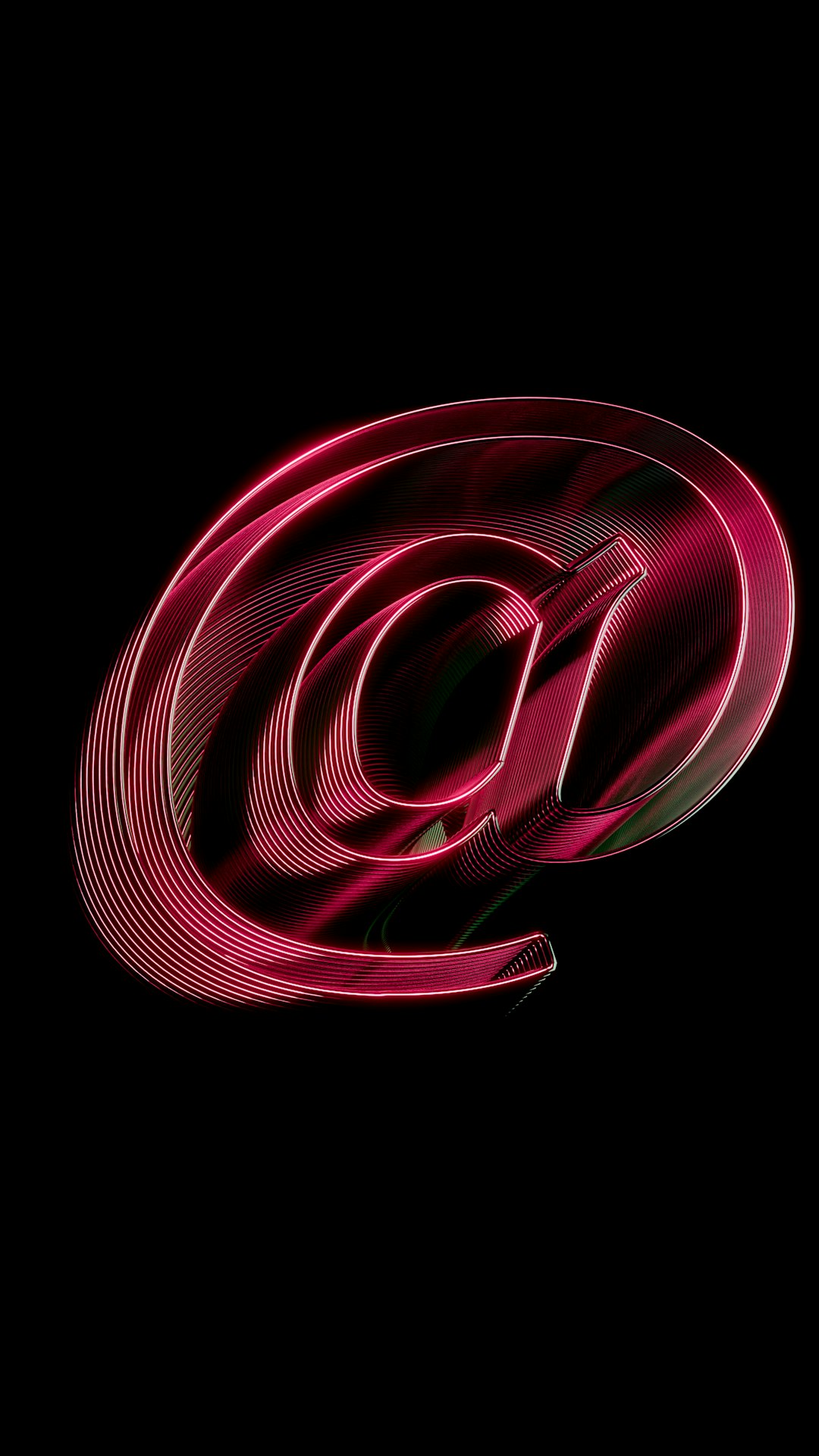Designing an email campaign in Mailchimp can be challenging, especially when it involves a customized design created in Adobe Photoshop. While Mailchimp does not support direct uploads of PSD (Photoshop Document) files, users can still integrate their PSD-designed templates by converting them into HTML and optimizing them for email use. This guide explains the step-by-step process of uploading and integrating a PSD design into Mailchimp, ensuring a seamless email marketing experience.
Step 1: Convert the PSD File to HTML
Since Mailchimp does not accept PSD files natively, the first step is converting the PSD design into an email-friendly HTML format. This process involves slicing the PSD file and coding it into an HTML structure.
1. Slice the PSD File
Slicing the PSD means breaking it down into individual images or sections that can be reconstructed using HTML and CSS. A designer can use Adobe Photoshop for this purpose:
- Open the PSD file in Photoshop.
- Use the Slice Tool to separate different design elements.
- Save the slices as images in PNG or JPEG format.
2. Code the HTML Template
Once the design is sliced, the next step is creating an HTML file that arranges these images and elements properly. When coding for email:
- Use tables instead of
<div>for layout consistency. - Ensure inline CSS for better rendering across email clients.
- Optimize images for faster loading times.

Step 2: Testing the HTML Email Template
Before uploading the template to Mailchimp, testing it ensures proper rendering. A few tools can be useful for this:
- Litmus – A popular email testing tool.
- Email on Acid – Helps in checking email client compatibility.
- Sending test emails to different email services like Gmail, Outlook, and Yahoo.
Step 3: Uploading the HTML Template to Mailchimp
Once the HTML file is ready, it can be uploaded to Mailchimp:
1. Log in to Mailchimp
- Go to Mailchimp and log in to the account.
2. Navigate to Templates
- Click on Campaigns > Email Templates from the dashboard.
- Select Create Template and choose the Code Your Own option.
3. Upload or Paste HTML Code
- Users can upload an HTML file directly or copy and paste the HTML code.
- Click on Save once the code is inserted.

Step 4: Integrating Images into Mailchimp
If the template includes images, they need to be properly linked in Mailchimp:
- Upload images into the Mailchimp content studio.
- Replace local file paths in the HTML with Mailchimp-hosted image URLs.
Step 5: Preview and Send the Email Campaign
After uploading the template, Mailchimp provides options for previewing:
- Click on Preview and Test > Enter Preview Mode.
- Use the Send Test Email option to review how the email appears.
- Once satisfied, schedule or send the campaign.
Frequently Asked Questions
Can Mailchimp import PSD files directly?
No, Mailchimp does not support PSD file uploads. The file must be converted into HTML before uploading.
What tools can be used to convert PSD to HTML?
Popular tools include Adobe Photoshop for slicing and software like Dreamweaver, Visual Studio Code, or Sublime Text for coding.
How do I check if my email template is responsive?
Using tools like Litmus or Email on Acid can help preview how the template appears on different devices and email clients.
Can I use Mailchimp’s drag-and-drop editor for a PSD design?
Mailchimp’s drag-and-drop editor cannot directly import PSD layouts, but elements from the design can be recreated manually in the editor.
What file format should images be saved in for email templates?
JPG and PNG formats work best for email templates. PNG is preferred for images with transparency.
Following these steps ensures a smooth workflow when integrating a PSD file into Mailchimp, resulting in a professional and visually appealing email campaign.
